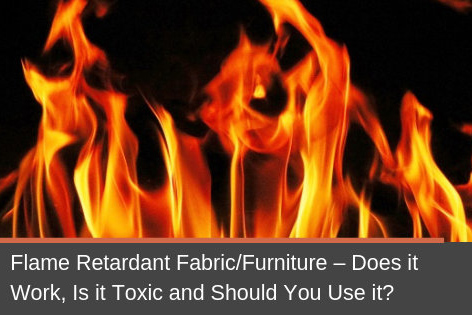Non-intumescent fire-retardant coatings are composed of flame-retardant or non-combustible resins, flame-retardants, and fire-retardant fillers. The coating has good flame retardancy. Can prevent the flame from spreading.

a. Main film-forming substances
Flame-retardant resins, generally polymer synthetic resins containing halogen, phosphorus, nitrogen, such as halogenated alkyd resin, polyester, epoxy, phenolic, chlorinated rubber, chloroprene rubber emulsion, polyacrylate emulsion , VAE emulsion, they can be combined with flame retardant to achieve flame retardant coating. In addition, inorganic materials such as water glass, silica sol, and phosphate can also be used as film-forming substances of fireproof coatings. The coatings composed of them have the characteristics of anti-corruption, non-smoke and non-toxicity.
b. Flame retardant
The substances that increase the flame retardancy of the coating film are called flame retardants, and the commonly used ones are: organic substances containing phosphorus and halogen, such as chlorinated paraffin, decabromodiphenyl ether, phosphophenol trichloroacetaldehyde, etc. In addition, there are inorganic substances such as antimony, boron (boric acid, borax, zinc borate, aluminum borate), aluminum (AL(OH)3), zirconium (zirconia) and other flame retardants. Among them, antimony trioxide (Sb2O3) is used in conjunction with halogen-containing resins, and it can often receive better flame retardancy.
c. filler
Common inorganic pigments and fillers have flame resistance, they can increase the flame resistance of the coating, commonly used are: mica powder, talc powder, asbestos powder, kaolin, zinc oxide, titanium dioxide, calcium carbonate, aluminum hydroxide, zinc borate , Barium metaborate, Antimony trioxide, etc.
